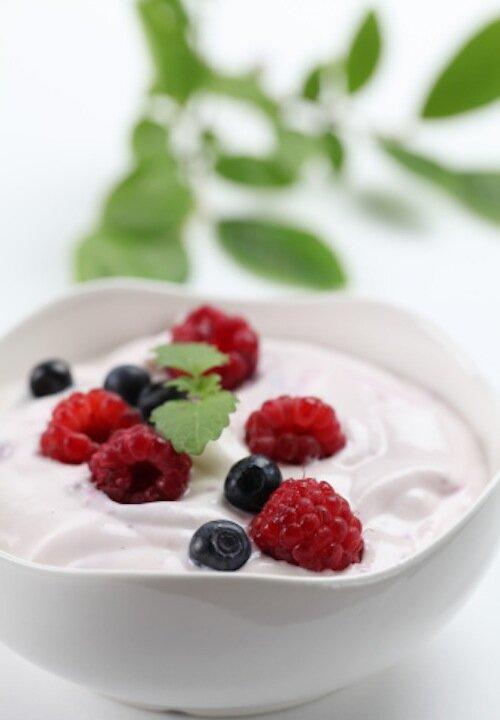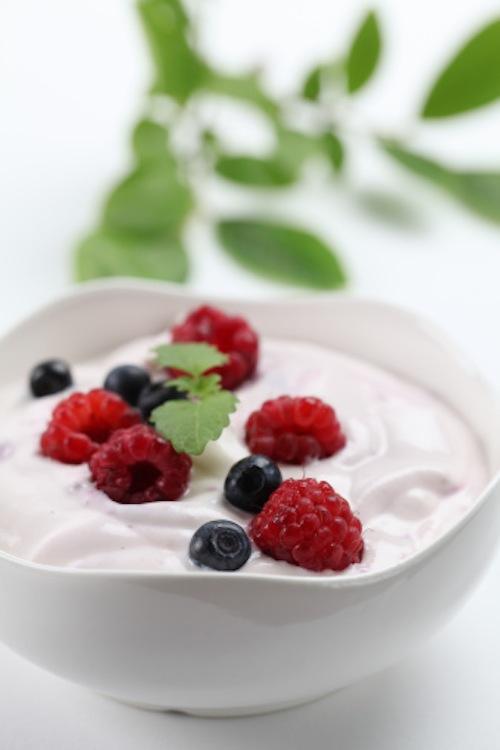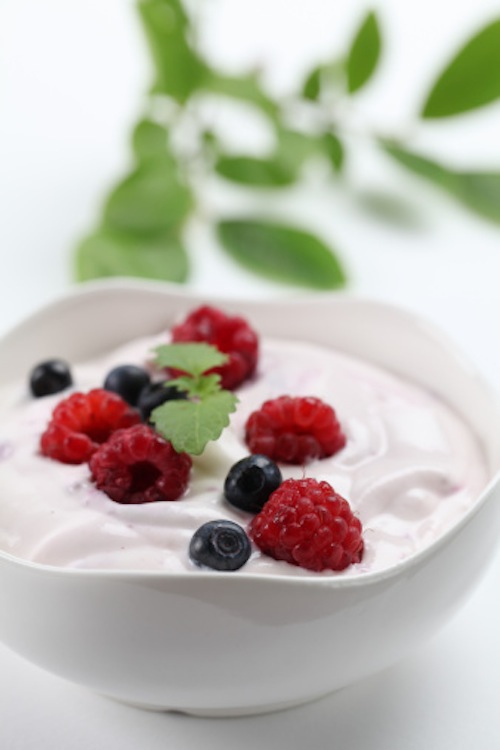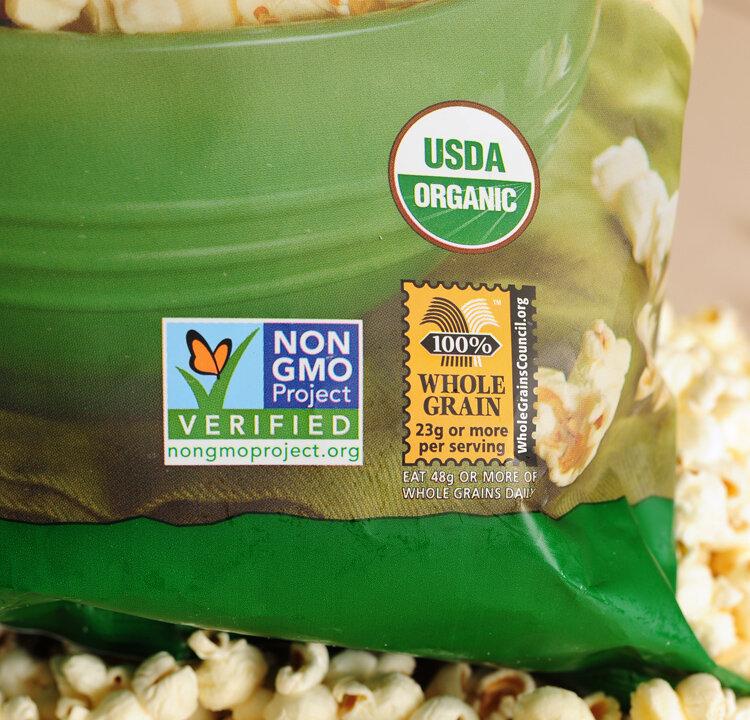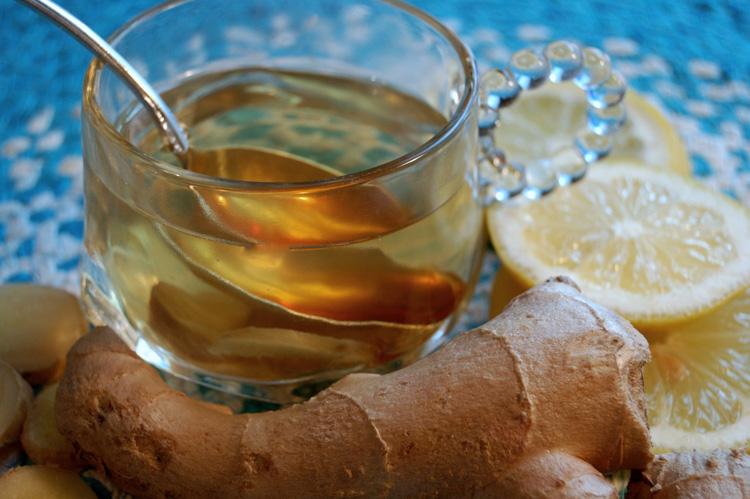It is commonly thought that Greek yogurt is better for you than regular yogurt. Even though it costs two to three times as much as regular yogurt, by 2011, it had garnered one-quarter of yogurt sales.
Its popularity has grown in the last five years from $60 million to $1.7 billion in annual sales, which is a 2,733 percent increase, according to a report in The New Republic titled “What Explains the Remarkable Rise of Greek Yogurt?”
It’s expensive to make Greek yogurt. It takes 4 pounds of milk to make 1 pound of the yogurt, according to the makers of Fage (pronounced fa-yeh) Greek yogurt.
Greek yogurt is a high-protein, low-sugar product made by straining out the whey from regular yogurt. Concentrated casein is left, making a thick, creamy yogurt that contains all nine amino acids needed to build protein.
But are you eating real Greek yogurt? Yoplait now has a consumer class-action suit against the company. “Customers paid a premium price for a product that was advertised as real Greek yogurt. But it was nothing more than a cheap imitation,” according to Zimmerman Reed, the law firm representing consumers.
Yoplait adds “milk protein concentrate (MPC) … a cheap, powdered form of dairy protein that is ultra-processed, almost always imported, and highly unregulated.” (Zimmreed.com)

